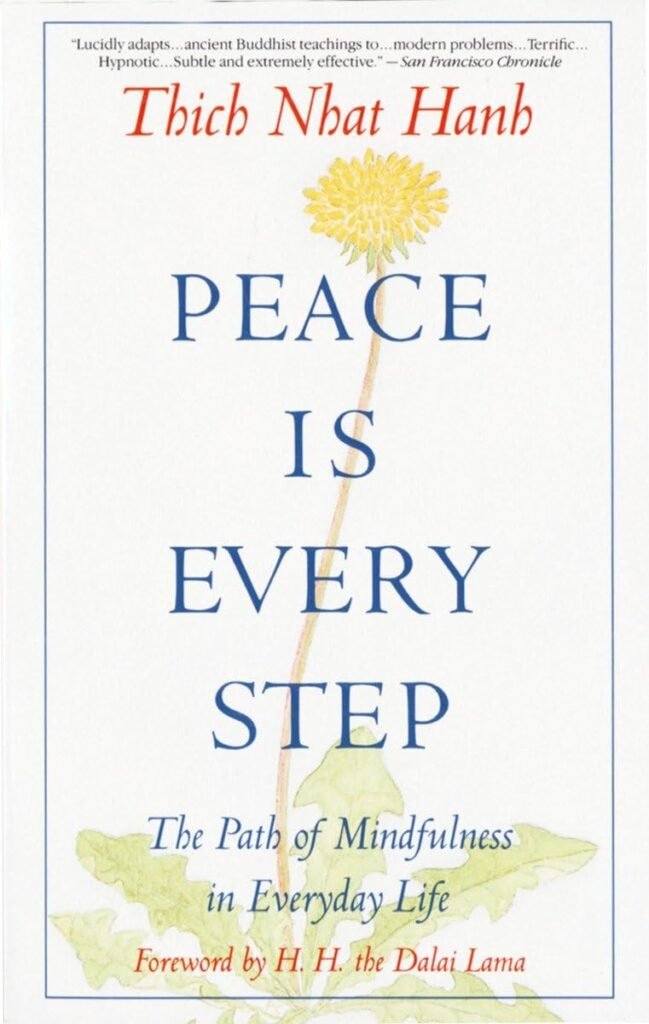Feeding Your Demons: A Practice of Compassion from Lama Tsultrim Allione

There are books you read, and there are books that offer you a key to a door you didn’t even realize was locked.
Feeding Your Demons by Lama Tsultrim Allione came to me out of curiosity. I was looking for new practices to explore and possibly recommend on my podcast. I didn’t expect it to land so deeply, but it did.
This isn’t just a book about a technique. It’s a book about meeting the parts of yourself you’d rather ignore, with compassion instead of fear. And the practice it teaches, based on an ancient Tibetan Buddhist method called Chöd, is one of the few I’ve found that is both simple and profoundly effective.
I won’t go into which “demon” I chose to work with—I don’t fully remember, and honestly, that’s not the point. What mattered was the process. It felt… revealing. It helped me identify emotions I didn’t have words for, and see patterns that had been running under the surface. As someone who practices different forms of meditation and spiritual work, I felt this clarity and connection, especially since I’ve hit internal blockages before.
What surprised me most was the visualization. That part usually trips me up—I tend to get stuck in my head—but the way it’s explained in the book made it accessible. It pulled me in gently. I could follow the steps without overthinking. I felt relief afterward. A sense of, “Oh… I get it now.” Not in a dramatic, fireworks way, but in a quiet softening. A remembering.
And then there’s the part where the demon transforms into an ally. That was unexpected and honestly beautiful. It reminded me that the spiritual path doesn’t have to be lonely. That which we fear may actually hold wisdom we haven’t yet met.
I’m not here to sell you a book or a technique. I know how overwhelming the self-help and spiritual shelves can be—so much noise, so many techniques that sound good but don’t land. That’s why I share only what I’ve actually tried and what works for me. This practice helped me connect more deeply with myself. It felt real. And it fits into a larger thread of teachings I appreciate, alongside Thich Nhat Hanh’s gentle mindfulness and Maha Vajra’s powerful presence.
Lama Tsultrim’s story is also an important part of the book. She’s a woman carrying forward a Tibetan lineage in a way that’s accessible, embodied, and grounded. That matters.
If you’re afraid to face your inner demons, I get it. But here’s the truth: what we avoid doesn’t disappear. It waits. It builds. It finds ways to get our attention. So it’s better to meet it now—gently, patiently, and on your own terms. And start with something manageable, not your deepest trauma. The book includes guidance for doing this work with a therapist, a friend, or a partner, which I think is incredibly wise.
If this resonates, or if you’re simply curious like I was, I invite you to explore this book and the practice it offers. And if you’d like to hear me speak more about it, you can listen to this month’s podcast episode. Maybe there’s something in it for you, too.


